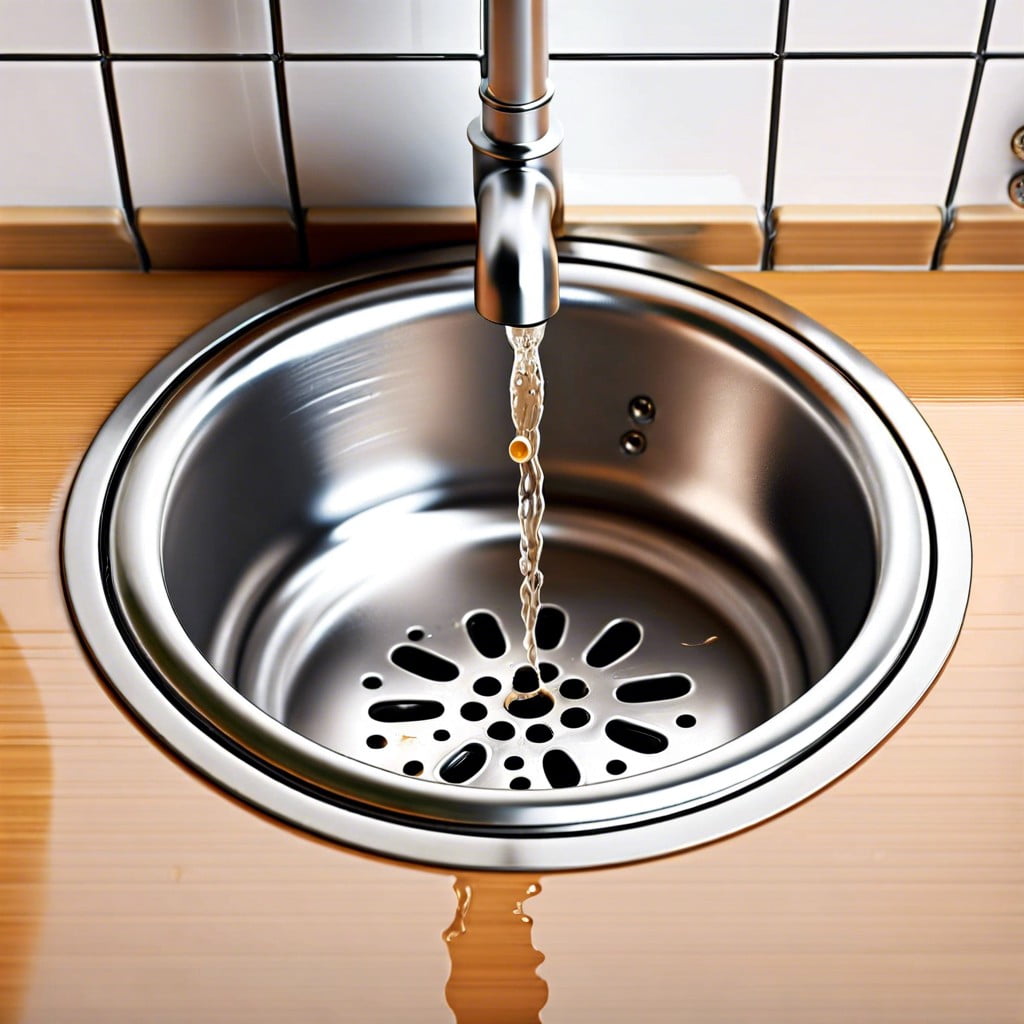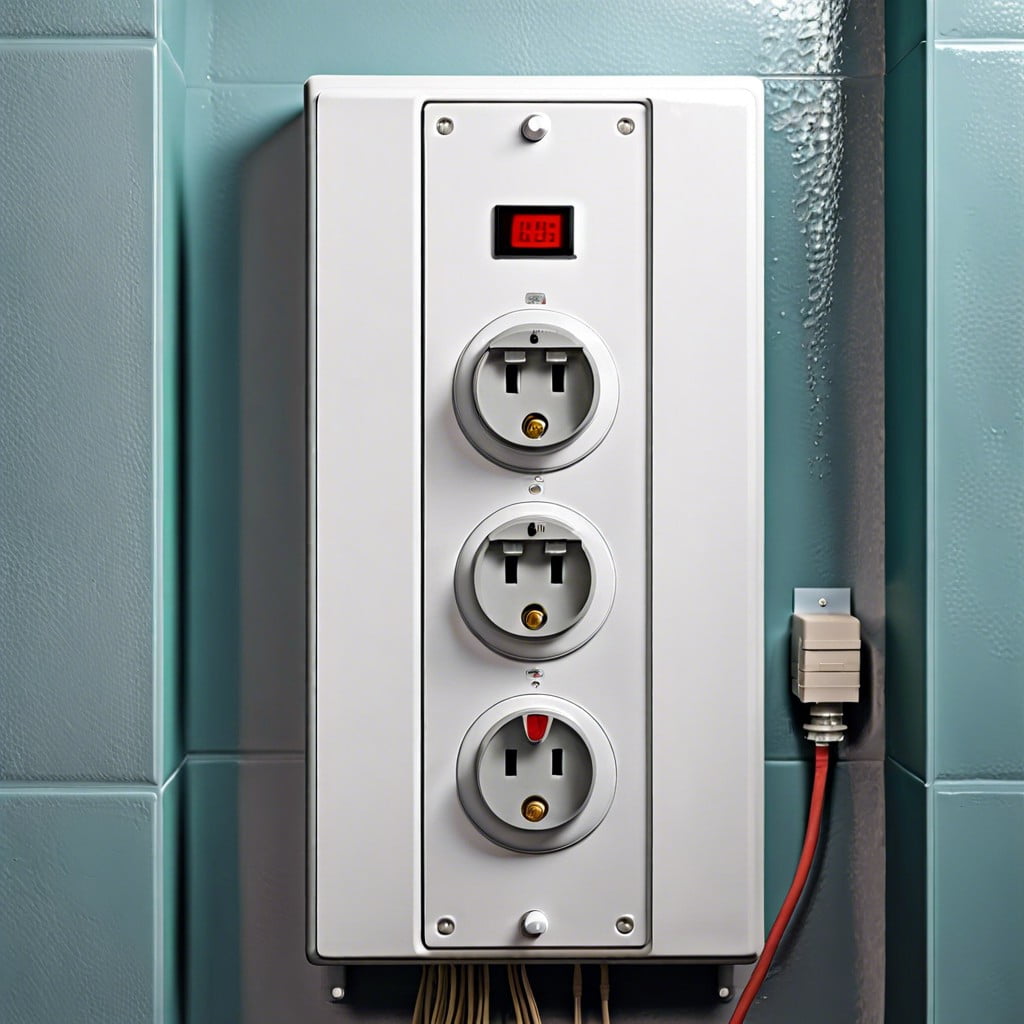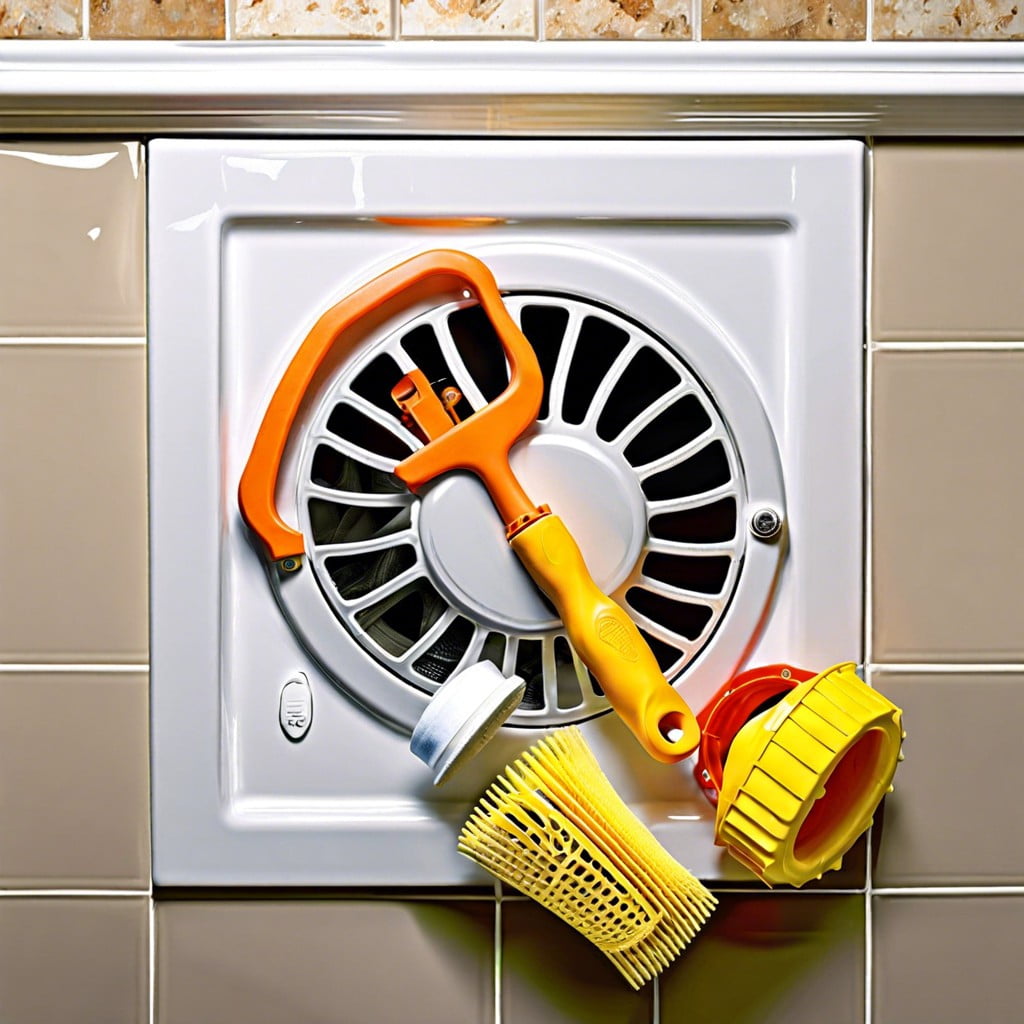Last updated on
This article breaks down the function and significance of bathroom fans, equipping you with the essential knowledge needed to understand their role in maintaining a healthy and comfortable bathroom environment.
Key takeaways:
- Bathroom fans expel humid air, odors, and contaminants.
- Choose a fan based on bathroom size, noise level, and features.
- Install the fan properly by following the necessary steps.
- Regular maintenance ensures efficiency and prevents mold growth.
- Using a fan after showering controls humidity and improves air quality.
Function of a Bathroom Exhaust Fan
A bathroom fan primarily acts as a ventilation device. It serves the imperative function of expelling humid air, odors, and airborne contaminants from the bathroom to the outside.
By doing this, the fan helps to regulate the moisture level in the space, preventing mold growth and protecting the integrity of walls and fixtures that can be damaged by excess humidity.
Furthermore, it aids in maintaining air quality, not just for comfort but also for health, as it removes potentially harmful pollutants and allergens.
Essentially, it creates a safer and more comfortable environment.
Choosing the Right Bathroom Exhaust Fan
When selecting your bathroom exhaust fan, consider the size of your bathroom. Proper sizing is crucial. The fan’s capacity is measured in cubic feet per minute (CFM), and the rule of thumb is to have at least 1 CFM per square foot of bathroom area. For larger bathrooms or those with a jetted tub, aim higher to effectively remove moisture and odors.
Noise level is another consideration. Fans are rated by sones, and a lower sone number means a quieter fan. If you prefer a tranquil environment, invest in a fan with a rating of two sones or less.
Features can enhance your bathroom experience. Look for models with integrated lighting, humidity sensors, or motion detectors. While these might increase the price, they offer convenience and energy-saving benefits.
Finally, don’t overlook energy efficiency. An ENERGY STAR-certified fan can cut down on your energy consumption, contributing to both a lower electric bill and a reduced carbon footprint. By focusing on these factors, you’ll find an exhaust fan that fits both your needs and your lifestyle.
Steps for Bathroom Exhaust Fan Installation
Ensure the power is switched off at the circuit breaker to prevent any electrical accidents.
Next, measure and cut an appropriate hole in the ceiling, aligning it with the exhaust ductwork if pre-existing.
Secure the fan housing into the ceiling joists or rafters, being careful to keep it level.
Connect the ductwork to the fan’s exhaust port, using duct tape or a clamp to ensure a tight fit.
Wire the fan according to the manufacturer’s instructions, typically involving connecting the fan’s wires to the house wires.
Attach the fan grille last, which should simply snap or screw into place.
Seek professional assistance if the process seems beyond your skill level to ensure safety and optimal functionality.
Maintenance Tips for Bathroom Exhaust Fans
Regular upkeep of your bathroom exhaust fan ensures efficiency and longevity. Begin with a gentle exterior dusting to prevent airflow blockage.
Quarterly, delve deeper: turn off the power, remove the cover, and wash it with soap and water. While it dries, use a vacuum with a brush attachment to remove accumulated dust from the fan blades and motor.
Check for debris in the duct and ensure the damper moves freely, as a stuck damper hampers performance and raises energy costs.
Lastly, listen for unusual sounds during operation as they could signal a need for professional inspection. Remember, a well-maintained fan is key to preventing mold and mildew, safeguarding your bathroom’s air quality.
The Importance of Using Exhaust Fan After Showering
Harnessing the power of an exhaust fan during and after showering is a game-changer for bathroom maintenance. The steam and excess moisture generated by a hot shower create an ideal environment for mold and mildew to thrive.
- Humidity control: An exhaust fan helps maintain optimal humidity levels, warding off the potential growth of mold and mildew.
- Air quality: By removing odors and airborne contaminants, the fan improves the overall air quality in your bathroom.
- Protect Fixtures: Consistent use of an exhaust fan helps protect paint, cabinets, and fixtures from the damaging effects of excessive moisture.
- Comfort: An exhaust fan can prevent mirrors from fogging up, allowing for a more comfortable post-shower experience.
By incorporating these practices, you safeguard the structural integrity of your bathroom and create a healthier, more enjoyable space.
FAQ
When should you use a bathroom fan?
A bathroom fan should be used throughout the duration of a shower or bath and for at least 15 minutes afterward to effectively clear the moisture and maintain good air quality.
Does a bathroom fan help with smell?
Indeed, a bathroom fan is effective in assisting with odor elimination as it draws unpleasant smells out of the room, although its efficiency can decrease over time.
Does a bathroom really need an exhaust fan?
In my opinion, an exhaust fan is a crucial feature in a bathroom because it aids in the elimination of excess moisture, mitigating the potential risk of mold and subsequent damage.
What is the point of a bathroom fan?
A bathroom fan primarily serves to expel excess moisture, foul smells and stale air, thus preventing the growth of mold and bacteria.
Can a bathroom fan improve indoor air quality?
Yes, a bathroom fan can significantly improve indoor air quality by reducing humidity levels and minimizing the risks of mold and mildew growth.
Should a bathroom fan be connected to the outside?
Yes, a bathroom fan should be connected to the outside to ensure proper ventilation and moisture control.
How does the efficiency of a bathroom fan affect energy consumption?
The efficiency of a bathroom fan significantly impacts energy consumption, with high-efficiency fans using less energy, resulting in lower utility costs.
Recap




